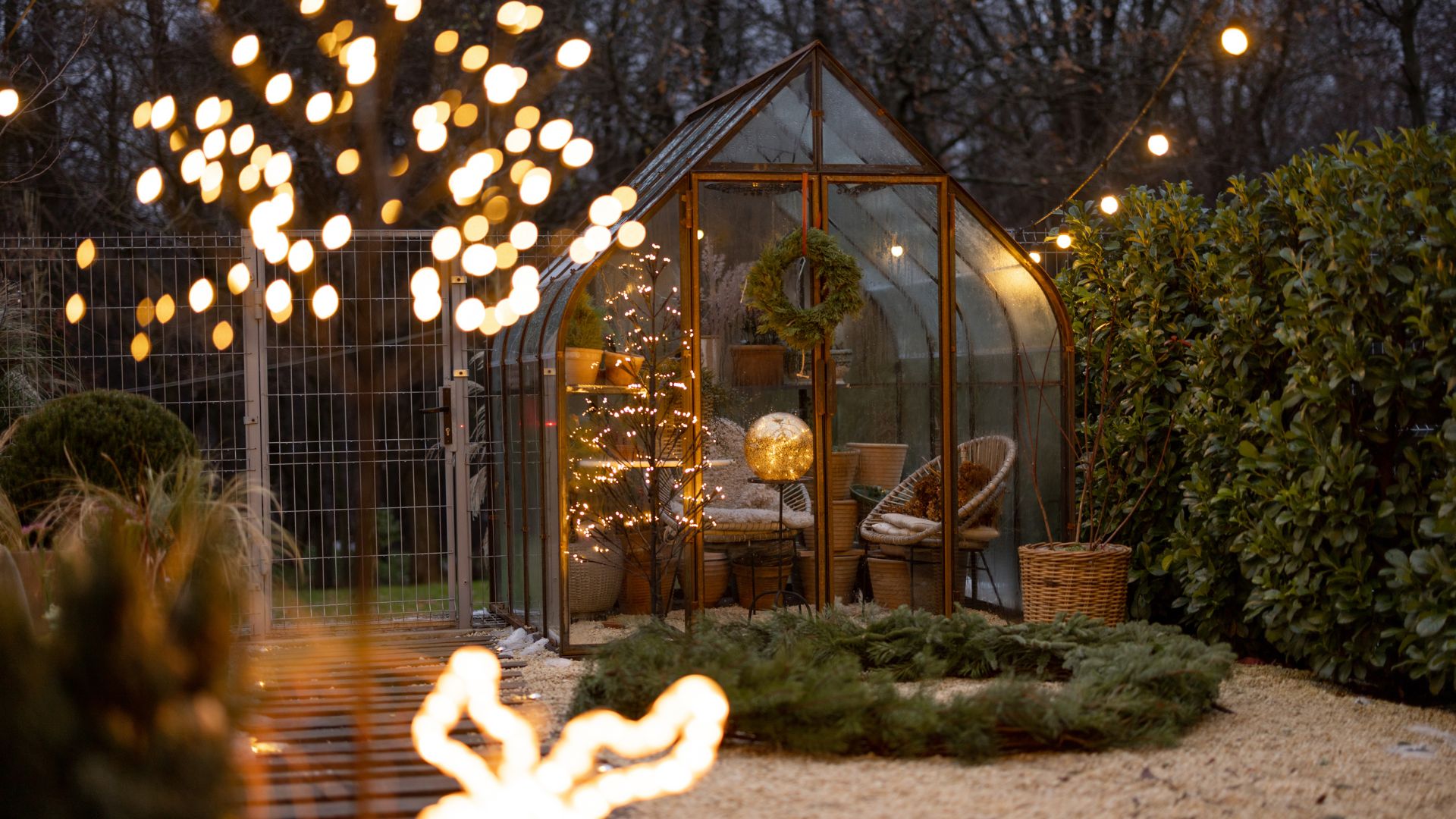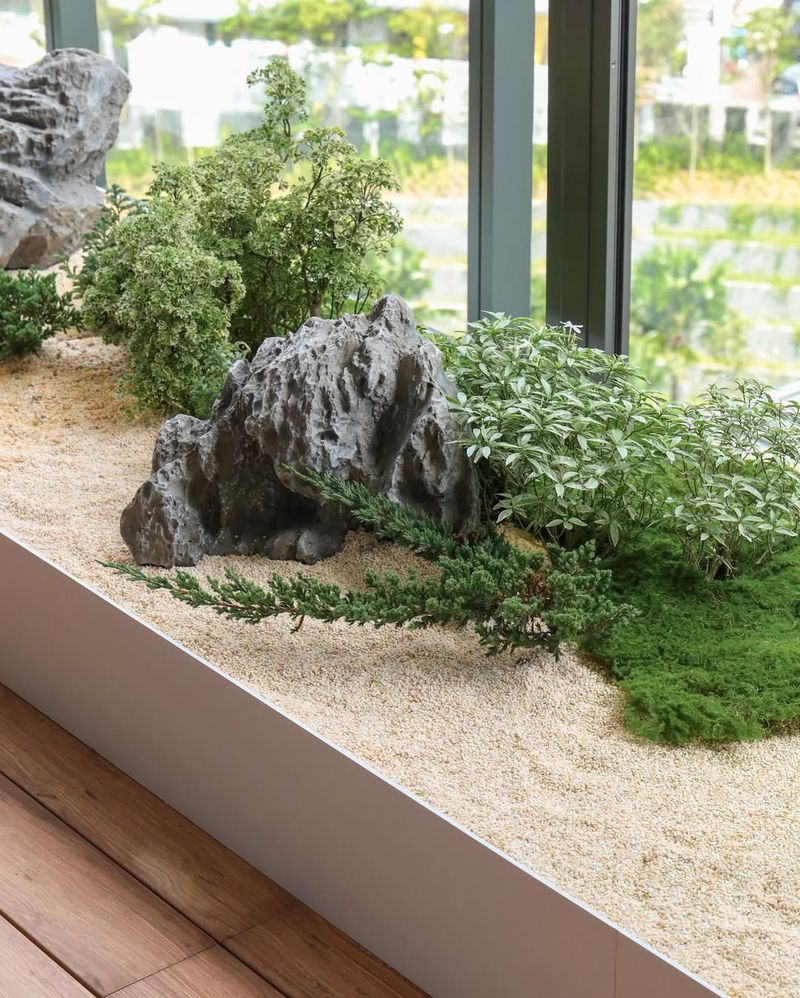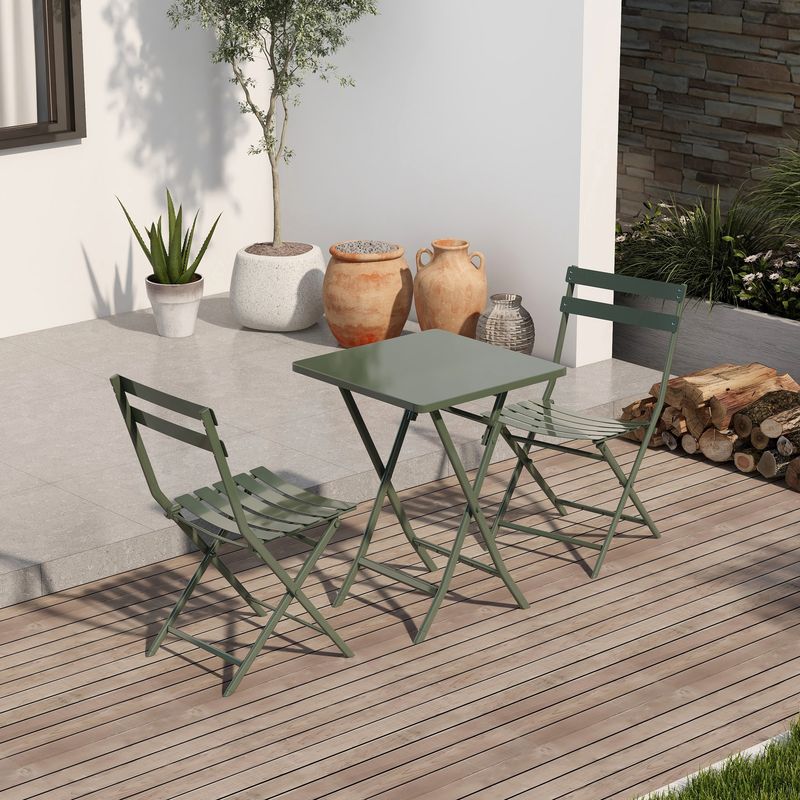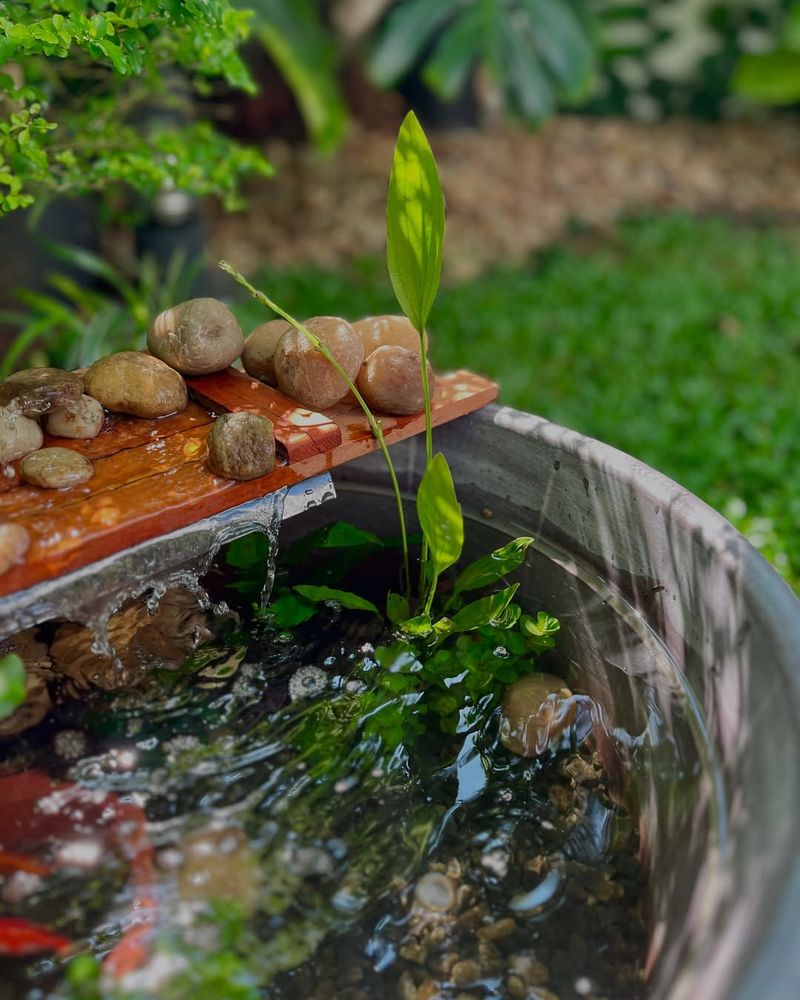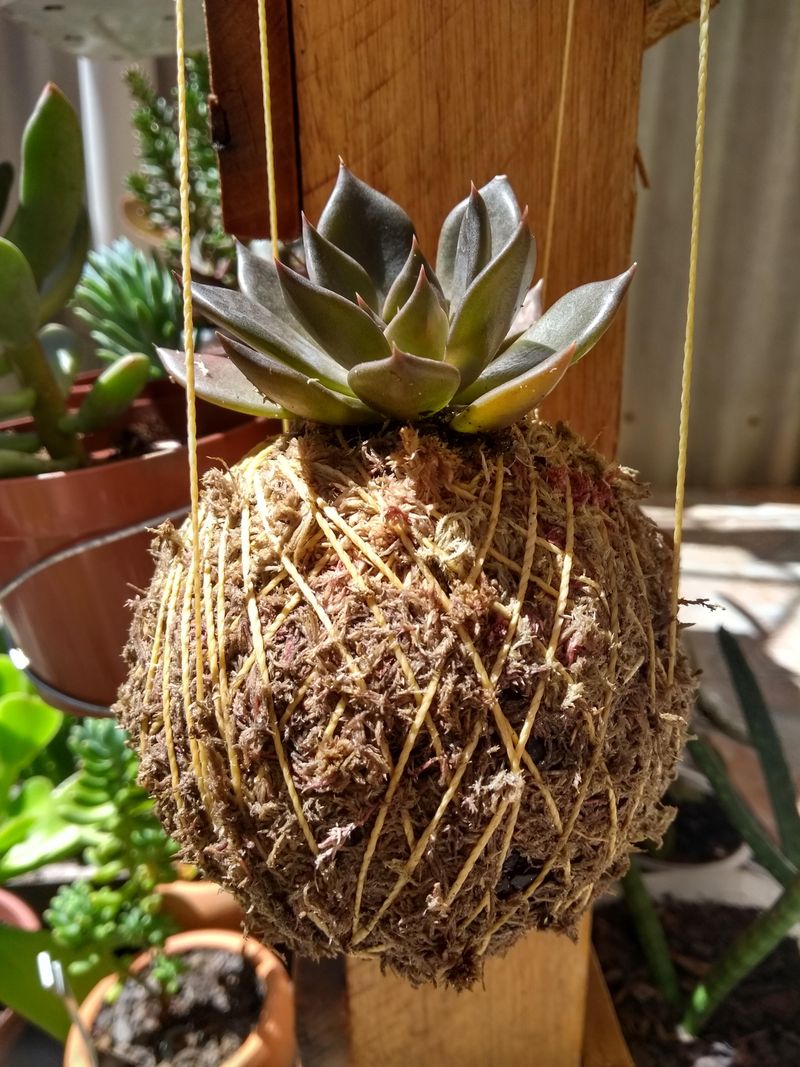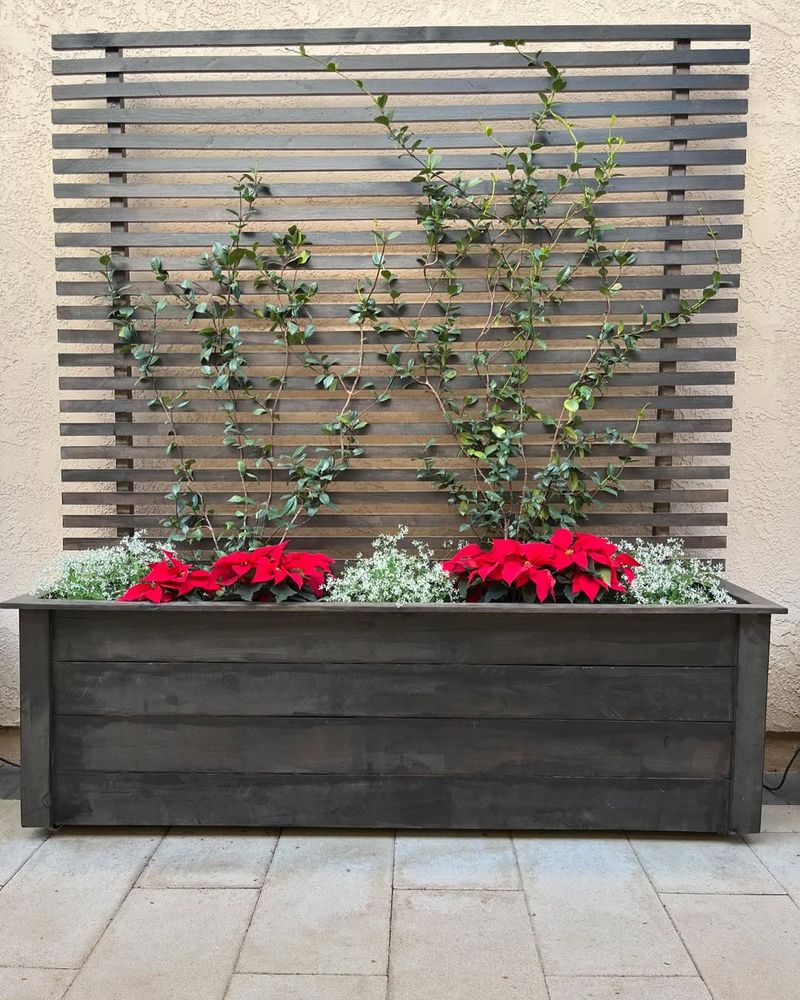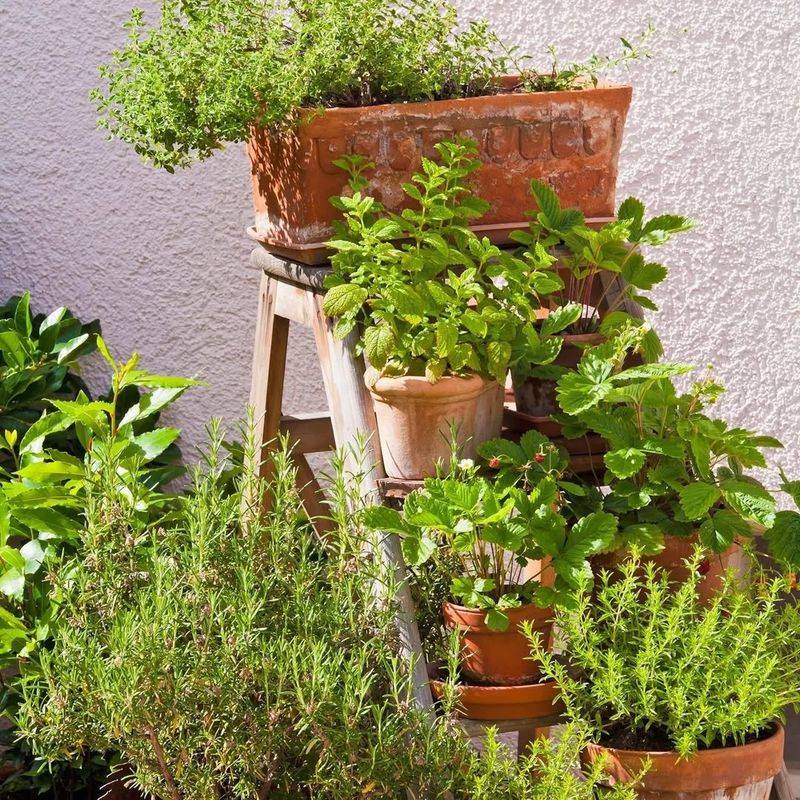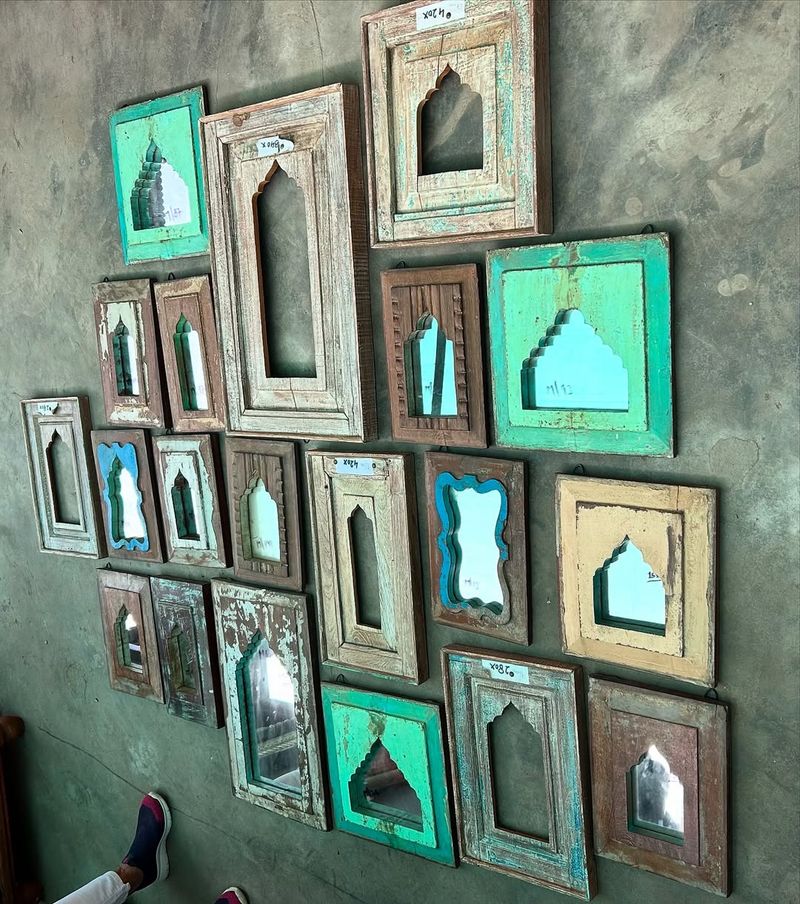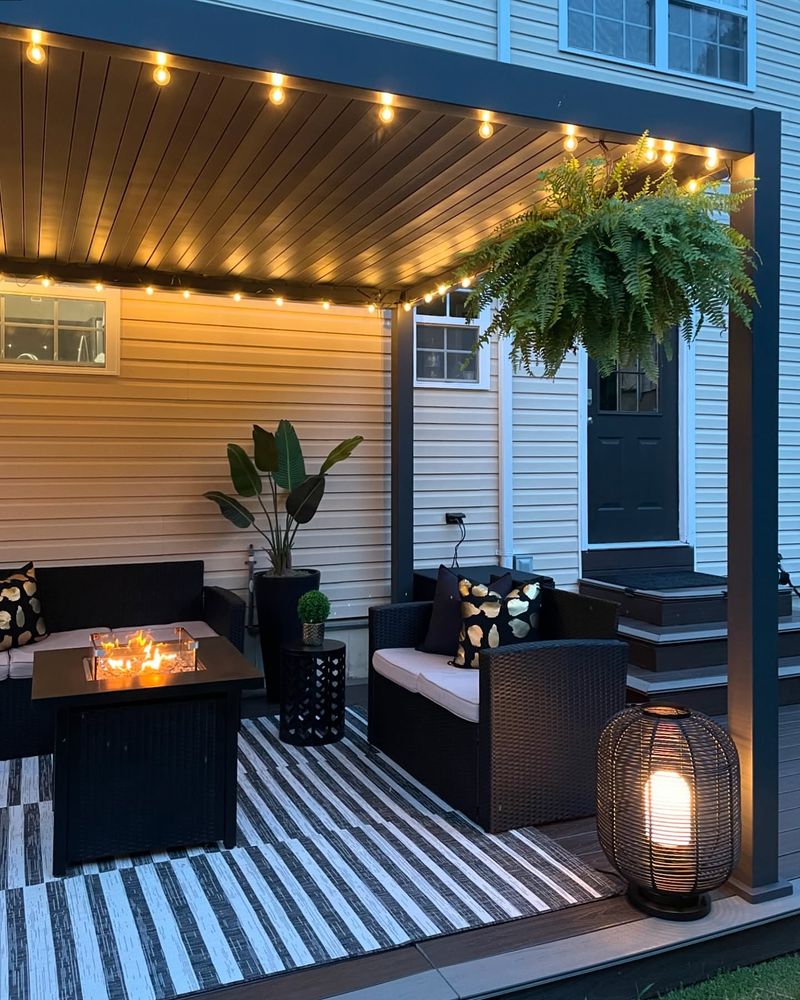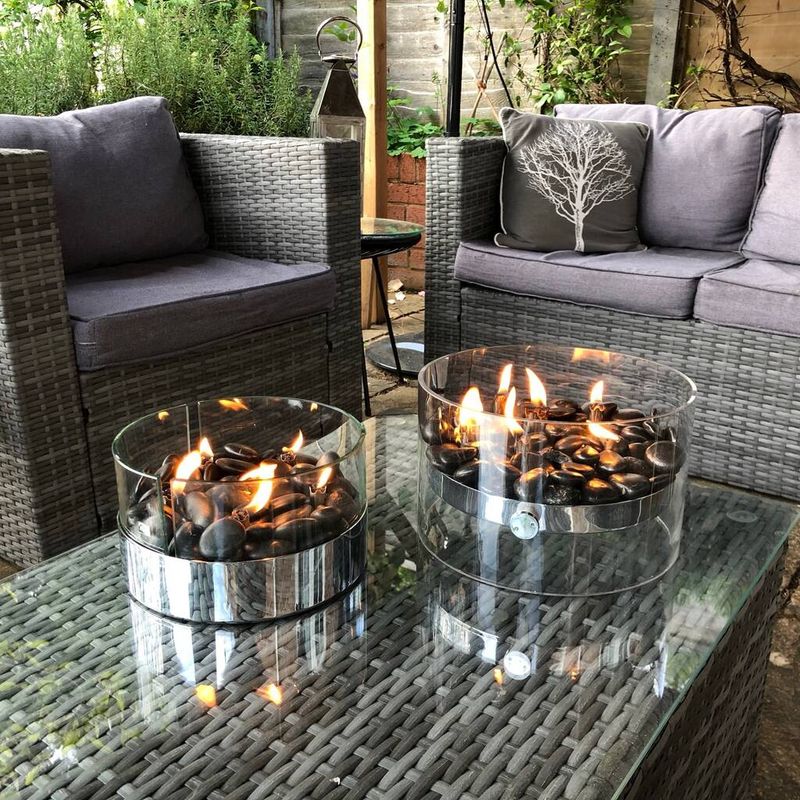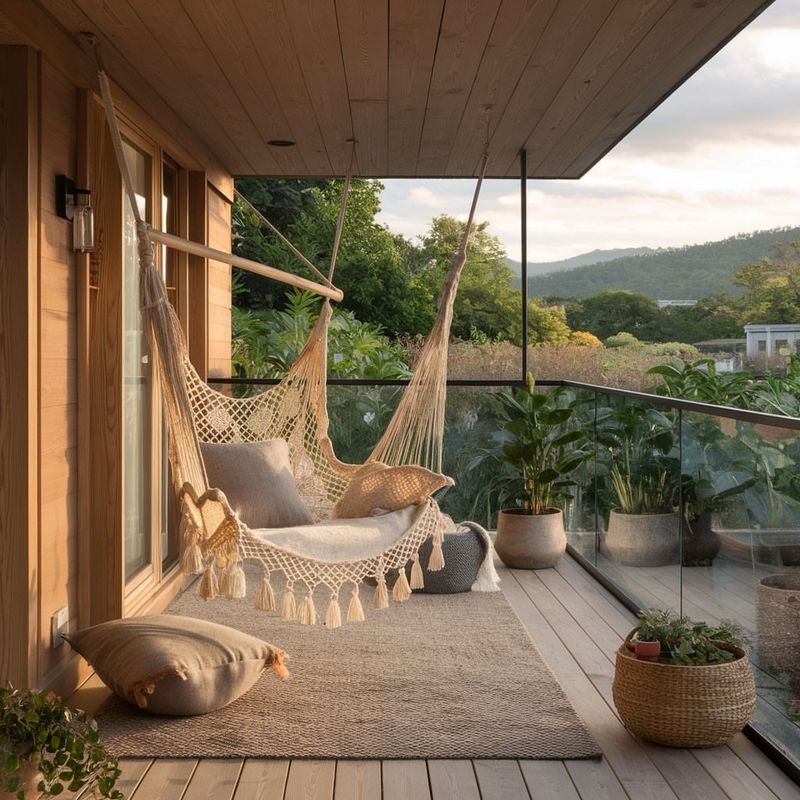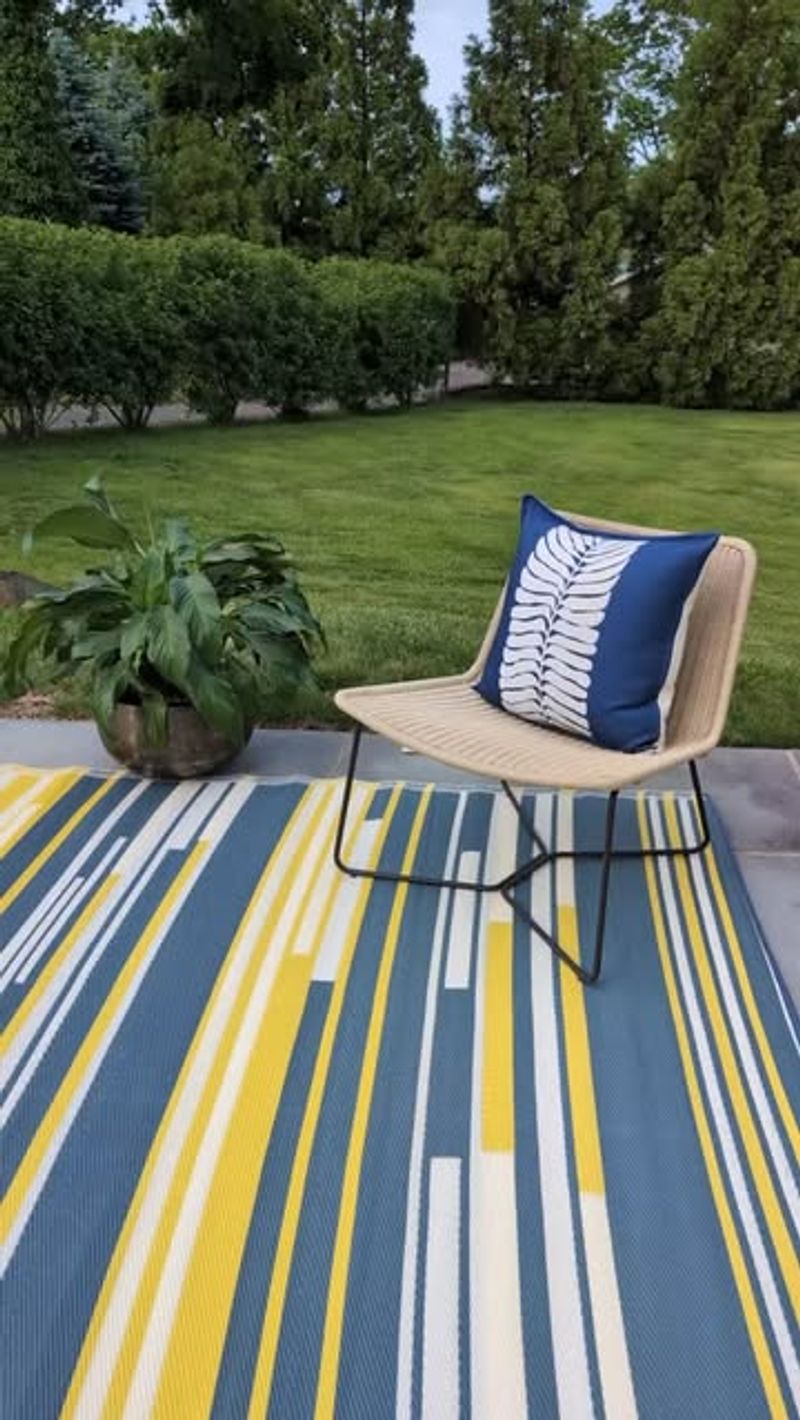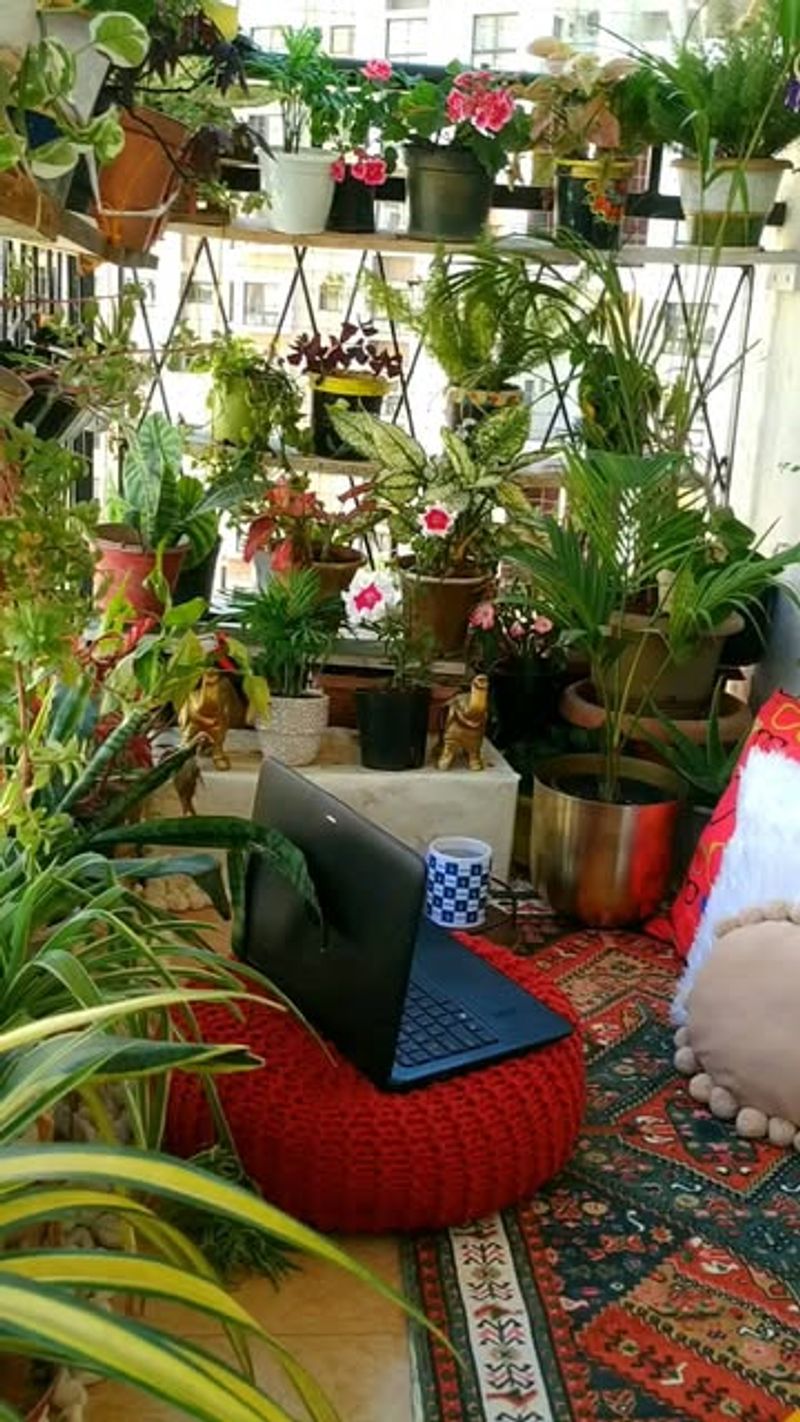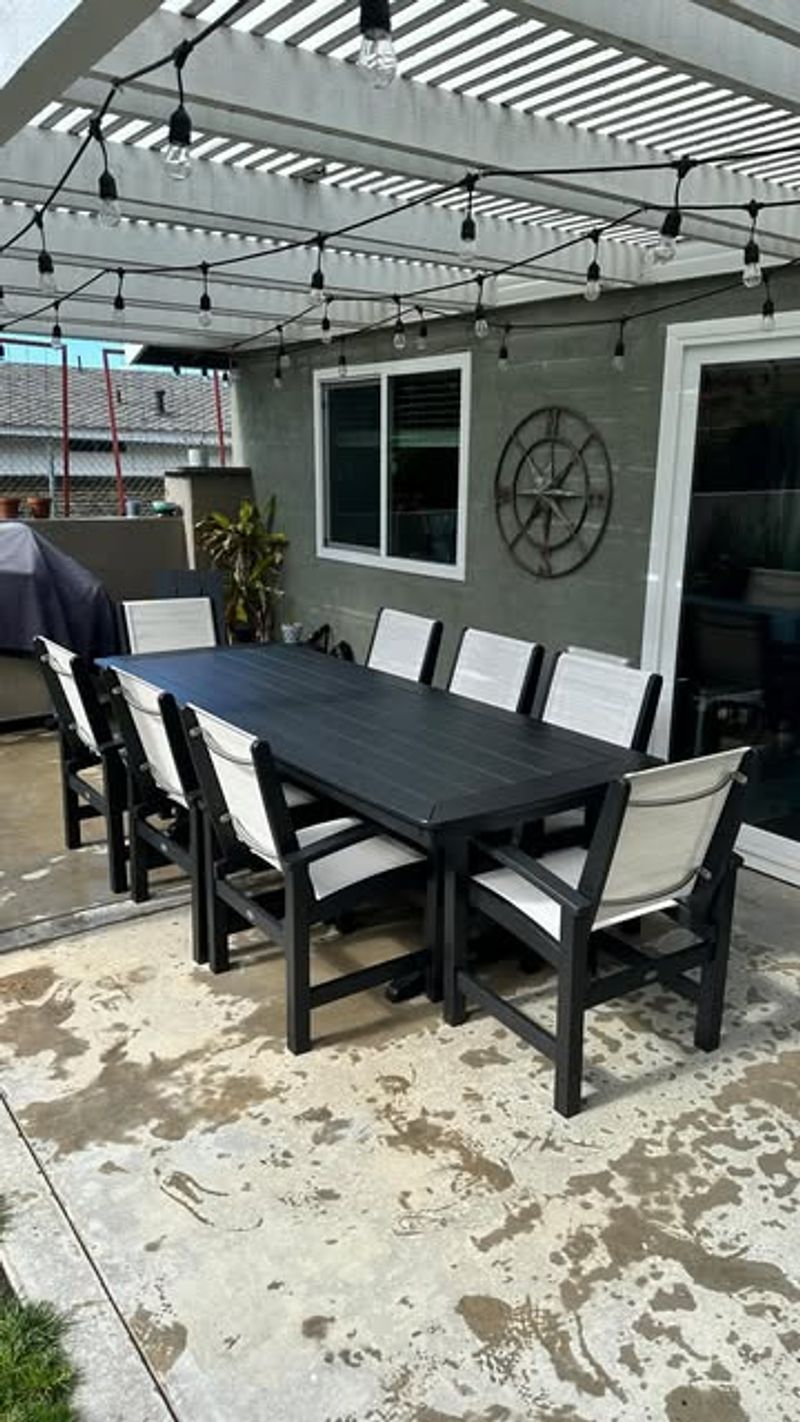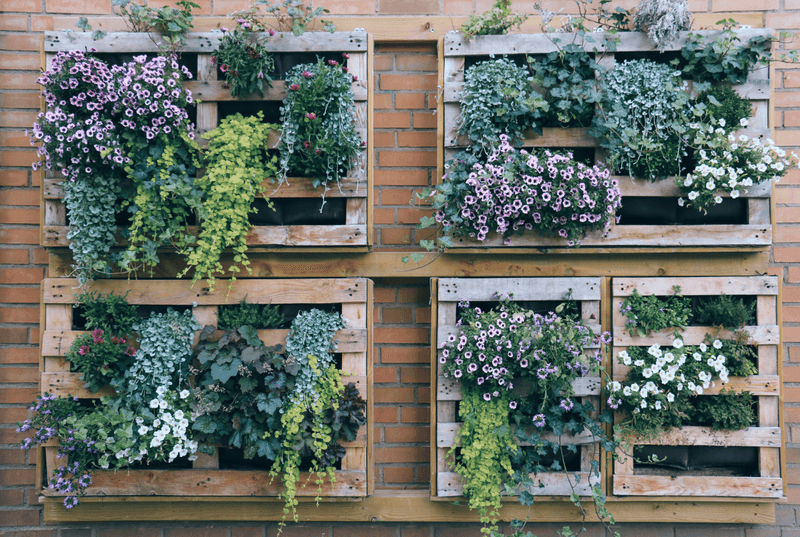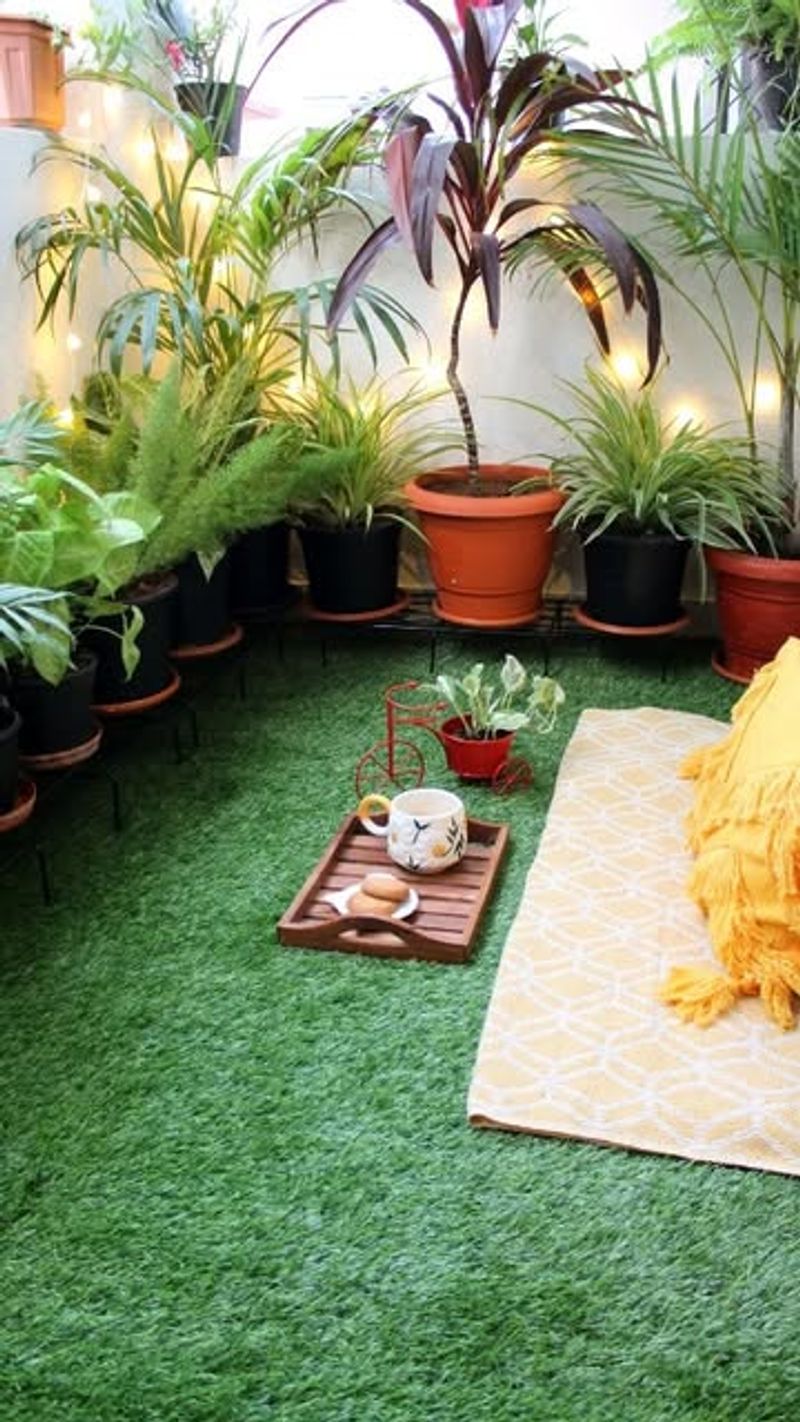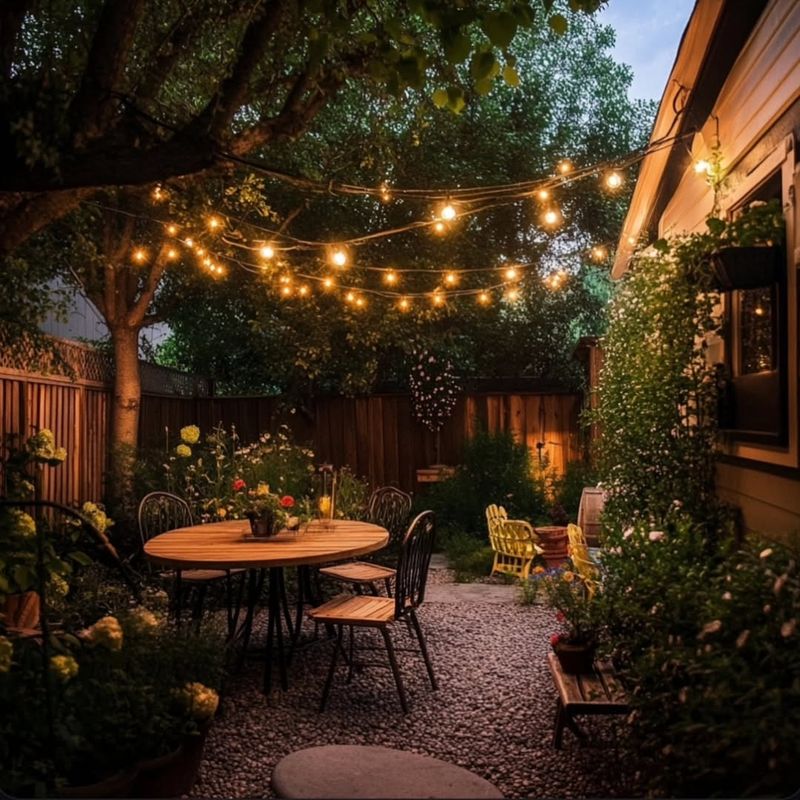You don’t need a huge backyard to create a spot that feels like your own little escape. I’ve turned even the tightest corners into cozy hideaways with just a few smart tweaks.
It’s all about working with what you have—using vertical space, comfy seating, and plants that bring life without crowding things. The goal isn’t size, but how the space makes you feel.
Whether it’s a sunny balcony or a shady sliver of grass, these simple touches can help you build a space that invites you to slow down, breathe, and enjoy being outside.
1. Vertical Garden Wall
Walls aren’t just for hanging art – they’re prime real estate for plants when ground space is limited. A living wall creates instant impact without sacrificing precious floor area.
Garden centers now offer simple modular systems that make installation straightforward. I installed one on my tiny patio last summer and doubled my planting capacity overnight.
Choose a mix of trailing plants, herbs, and flowering varieties for visual interest and practical use. The vertical dimension draws the eye upward, making the entire space feel larger.
2. Multi-Level Container Plantings
Varying heights create visual interest and maximize planting space in tight quarters. Arrange containers of different sizes on plant stands, crates, or steps to create layers that draw the eye through the space.
My neighbor transformed her 4×6 balcony using this technique, creating what feels like a lush garden in just a few square feet. The secret is thinking in three dimensions rather than just floor space.
Lightweight fiberglass or plastic containers work best for this approach, especially on balconies where weight restrictions might apply.
3. Pocket Zen Garden
A miniature zen garden offers meditative benefits without requiring much room. A shallow rectangular container filled with fine sand or gravel becomes your canvas for creating patterns with a small rake.
Arrange a few carefully selected stones or minimal plantings like moss or small succulents for natural elements. The simplicity is what makes it work in small spaces.
I’ve found that even a 16-inch square zen garden on my tiny balcony provides a surprising amount of stress relief after work. The focused activity of raking patterns becomes almost therapeutic.
4. Folding Or Convertible Furniture
Space-saving furniture that transforms based on your needs is essential for tiny outdoor areas. Look for bistro sets that fold flat, bench seating with hidden storage, or tables with adjustable heights.
When selecting pieces, prioritize items that serve multiple functions. A storage bench provides seating and keeps cushions dry, while a bar-height folding table can serve as both dining spot and potting station.
The ability to reconfigure your space for different activities makes a small area feel more versatile and useful throughout the seasons.
5. Miniature Water Feature
The gentle sound of water creates an instantly calming atmosphere, even in the smallest outdoor space. Tabletop fountains, wall-mounted water features, or even a small ceramic bowl with floating plants can work magic.
Solar-powered options eliminate the need for electrical outlets and complex installation. For me, having a small bubbling fountain completely masks urban noise and transforms my tiny courtyard.
Look for self-contained units that recirculate water to keep maintenance simple. The sound element adds a sensory dimension that makes the space feel more immersive and peaceful.
6. Hanging Kokedama String Garden
Kokedama, Japanese moss balls that suspend plants without pots, create a floating garden effect perfect for small spaces. These soil balls wrapped in moss become living ornaments that don’t require any floor or shelf space.
Hang them at varying heights from pergolas, eaves, or even shepherd’s hooks to create visual layers. Ferns, small tropicals, and trailing plants work particularly well in this format.
What I love about my kokedama collection is how they gently sway with the breeze, adding movement to my tiny balcony garden without taking up precious surface area.
7. Privacy Screens With Function
Multi-tasking privacy screens create intimacy while maximizing utility in tight spaces. Look for options with built-in planters, fold-out tables, or hanging accessories that expand functionality.
Bamboo, canvas, or wooden screens can define boundaries without feeling like walls. The psychological effect of creating a “room” outdoors makes even tiny areas feel like intentional, complete spaces.
I’ve used a simple bamboo screen with planter boxes attached to the base to create a private corner on my shared rooftop space – it’s become my favorite spot to unwind.
8. Micro Herb Kitchen Garden
Fresh herbs add incredible flavor to meals and require minimal space to grow. A collection of small pots arranged on a narrow windowsill, tiered plant stand, or wall-mounted system can produce surprising yields.
Basil, chives, mint, and thyme thrive in small containers and provide immediate culinary benefits. The aromatic qualities also enhance your outdoor experience with natural fragrance.
Harvesting fresh herbs from my tiny balcony garden connects me to the growing process even though I live in an apartment. It’s both practical and deeply satisfying.
9. Optical Illusion Mirrors
Strategically placed outdoor-safe mirrors create the illusion of expanded space, essentially doubling the visual size of your tiny oasis. Position them to reflect plantings, sky, or your favorite garden features.
Weather-resistant acrylic mirrors are lighter and safer than glass for outdoor use. Frame them with vines or mount them inside decorative window frames for a more integrated look.
The mirror in my courtyard reflects my container garden, making it appear twice as lush while bouncing light into shadier corners. It’s a simple trick that dramatically transforms the feel of the space.
10. String Light Canopy
Creating an overhead plane with string lights transforms basic outdoor spaces into magical retreats, especially after sunset. The ceiling of light draws the eye upward, expanding the perceived dimensions of tiny areas.
Weather-resistant LED strings consume minimal power while providing ambient illumination. Criss-cross patterns work well for square spaces, while parallel lines can visually lengthen narrow balconies.
I’ve used removable command hooks to install lights without damaging my rental property. The warm glow has made my modest patio the favorite gathering spot among friends, regardless of its size.
11. Petite Fire Feature
The primal attraction of fire creates an instant focal point in small spaces. Tabletop fire bowls, small portable fire pits, or even grouped candles can provide that warming glow without requiring much room.
Gel or ethanol fuel options burn cleanly without smoke, making them ideal for close quarters like balconies where wood fires might be prohibited. The dancing flames create movement and interest.
During cooler months, my compact tabletop fire bowl extends outdoor enjoyment well into the evening. There’s something universally calming about watching flames, regardless of the feature’s size.
12. Micro Meditation Corner
Designating even the smallest corner for mindfulness creates a purpose-driven retreat. A weather-resistant floor cushion, tiny side table for tea, and perhaps a small wind chime are all you need.
The key is simplicity – this space should feel uncluttered and peaceful. Morning sunlight makes this spot perfect for starting the day with intention, even if you only have minutes to spare.
My 3×3 meditation nook has become my most treasured outdoor space. Having a dedicated spot for quiet reflection makes me use my small patio far more frequently than when it was just generic space.
13. Patterned Outdoor Rug
A weather-resistant rug instantly defines a space and adds warmth underfoot. Bold patterns or stripes can visually expand small areas through optical illusion, while providing comfort against hard surfaces.
Modern outdoor rugs dry quickly and resist mildew, making them practical even in rainy climates. Look for UV-resistant options that won’t fade quickly in direct sunlight.
The striped rug on my narrow balcony makes the space feel significantly wider – it’s like magic how pattern can trick the eye. Plus, it’s much more pleasant to walk on than bare concrete on summer days.
14. Overcrowding With Too Many Elements
The most common error in small outdoor spaces is trying to include too many features. When every inch is filled with plants, furniture, and decor, the area feels cluttered rather than cozy.
Remember that negative space – areas left intentionally empty – allows the eye to rest and creates visual breathing room. In tiny spaces, this principle becomes even more important.
I’ve learned this lesson the hard way after initially stuffing my balcony with plants. Editing down to fewer, more impactful elements actually made the space feel larger and more intentional.
15. Choosing Oversized Furniture
Bulky outdoor furniture quickly overwhelms small spaces, making movement difficult and the area feel cramped. Full-sized patio sets designed for larger yards simply don’t translate to compact areas.
Scale is critical – look for slimmer profiles, open designs, and appropriately sized pieces. Bistro sets, narrow benches, and compact folding options maintain functionality without dominating limited square footage.
When I replaced my standard-sized chairs with space-appropriate ones, I gained nearly three feet of usable space on my patio. The proportional furniture actually makes the area feel more generous.
16. Ignoring Vertical Space
Focusing solely on floor-level elements wastes the considerable potential of walls, railings, and overhead areas. This oversight leaves valuable growing and decorating space untapped.
Walls can support planters, hanging systems, and functional elements like fold-down tables. Overhead trellises create growing space for vines while defining the area vertically.
The transformation of my tiny patio happened when I finally looked up and realized I had an entire dimension unused. Now my walls work as hard as my floor space, effectively tripling my gardening capacity.
17. Using Too Many Small Containers
Dotting tiny pots throughout a small space creates visual clutter and requires more maintenance. The scattered effect feels disorganized rather than cohesive and impactful.
Fewer, larger containers create stronger visual impact while requiring less frequent watering. They also allow plants to develop more robust root systems, improving plant health and reducing maintenance.
Consolidating my collection from twelve small pots to four larger planters completely transformed my patio’s look. The space now feels designed rather than accumulated, and I spend less time watering.
18. Neglecting Lighting Layers
Relying solely on a single harsh overhead light (or worse, no lighting at all) limits evening enjoyment and flattens the atmosphere of small outdoor spaces after sunset.
Effective outdoor lighting includes multiple sources at different heights – perhaps string lights overhead, solar lanterns on tables, and uplighting for key plants or features. The layered approach creates depth.
Adding just two additional light sources to my balcony completely transformed how often I use it in the evenings. The space feels intentional and magical rather than like an afterthought once the sun goes down.

